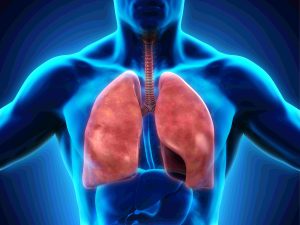Respiratory Failure and Respiratory Arrest
Respiratory Failure & Respiratory Arrest
Respiratory Failure and Respiratory Arrest or cardiac arrest is the most frequent pediatric pre-hospital medical problem. Of all conditions causing respiratory disease in children, asthma is the most common. Many other illnesses such as, foreign bodies and trauma can cause respiratory problems in children. Good estimation and early intervention for pediatric respiratory problems can avert serious illness and preventable death and may shorten treatment time in the emergency department.
It is necessary to focus on certain key physical signs and symptoms will allow the pre-hospital professional to rapidly assess the effectiveness of gas exchange in the airways and lung alveoli. Using PAT (Paroxysmal atrial tachycardia) is a first and important step in determining the severity of the disease, localizing the physiologic problem and beginning treatment. Appearance reflects the overall state of ventilation and oxygenation. Increased work of breathing indicates either airway obstruction at some level or a problem in gas exchange at the alveolar level. It is often an early sign of hypoxia or hypercapnia. Fading respiratory effort is a sign of severe hypoxia or hypercapnia. Cyanosis of the skin or mucous membranes also indicates severe hypoxia.
The initial assessment includes counting the respiratory rate, performing hands-on chest auscultation and obtaining pulse oximetry. This assessment not only provides a picture of respiratory function, but also helps prioritize general and specific treatments as well as invasive and timing of transport.
Respiratory Failure
Respiratory failure occurs when the infant or child exhausts his energy reserves or can no longer maintain oxygenation and ventilation. When the effects of the respiratory insult begin to overwhelm the child’s ability to respond, she begins to decompensate. Respiratory failure may occur when chest wall muscles get tired after a long period of increased work of breathing. An abnormal appearance or cyanosis in a child with an increased work of breathing indicates probable respiratory failure. An abnormally low respiratory rate and decreased respiratory effort, usually with bradycardia, also indicates probable respiratory failure. Respiratory failure must be treated immediately to restore good oxygenation and ventilation and to prevent respiratory arrest.
Respiratory Arrest
Respiratory arrest means absence of effective breathing. If ventilation and oxygenation are not immediately supported, respiratory arrest will rapidly progress to full cardiopulmonary arrest. Most episodes of cardiac arrest in pediatric patients begin as respiratory arrest. Intervening at this point will often prevent cardiac arrest. Early intervention in respiratory failure and arrest will have a far better chance of producing neurologically intact survivors than treatment of full blown cardiac arrest, which has an extremely low probability of survival.
For more details you can visit our websites at https://www.helpwithassignment.com/nursing-assignment-help
Book Your Assignment
Recent Posts

51 Top Topics for Masters Thesis in Biomedical Engineering
Read More
200+ Exclusive Legal Thesis Topics For 2024
Read More
How To Write Methodology In Thesis?
Read More
Boost Your Thesis Writing: 11 Proven Tips with Statement Examples!
Read More
The Ultimate Guide to Crafting a Killer Thesis Statement
Read MoreGet assignment help from subject matter experts!
4.7/5 rating | 10,000+ happy students | Great tutors 24/7
